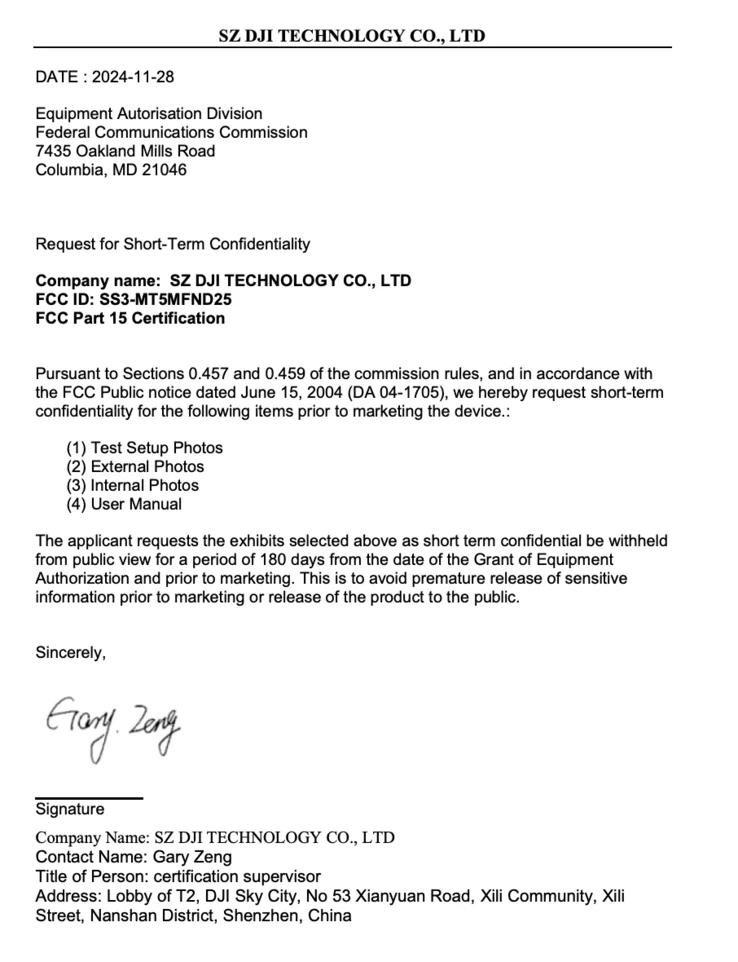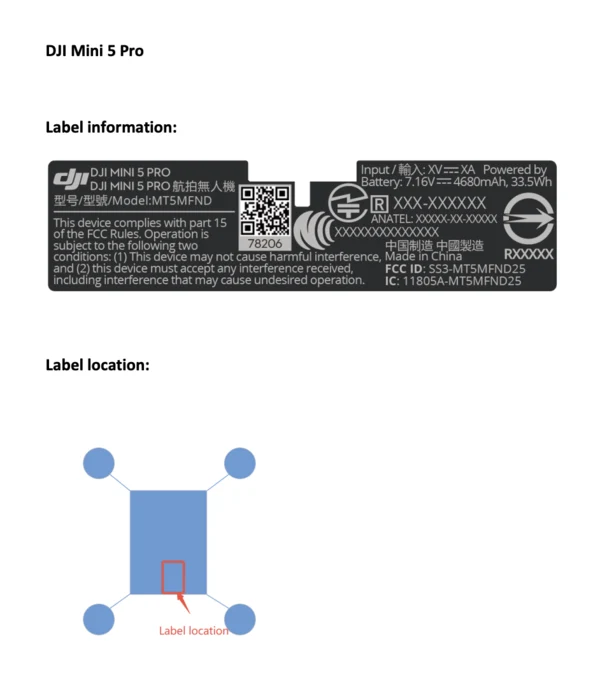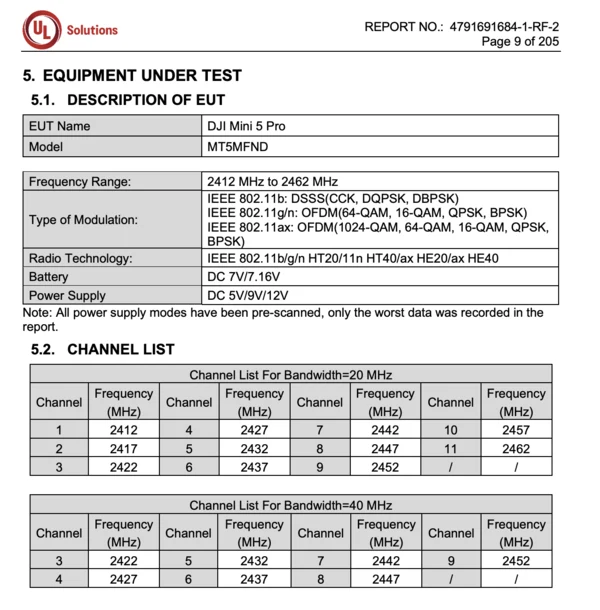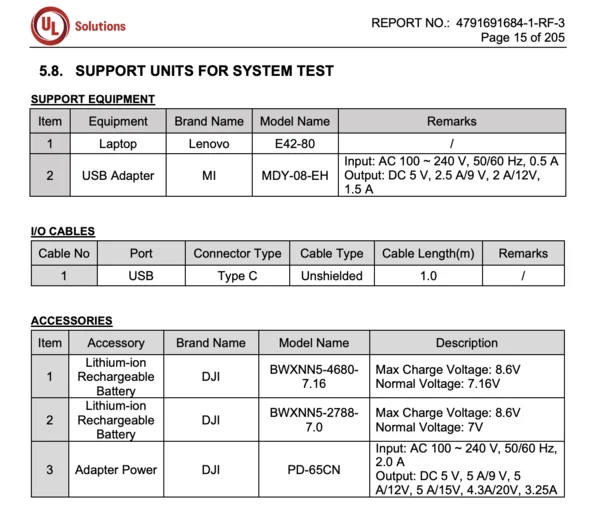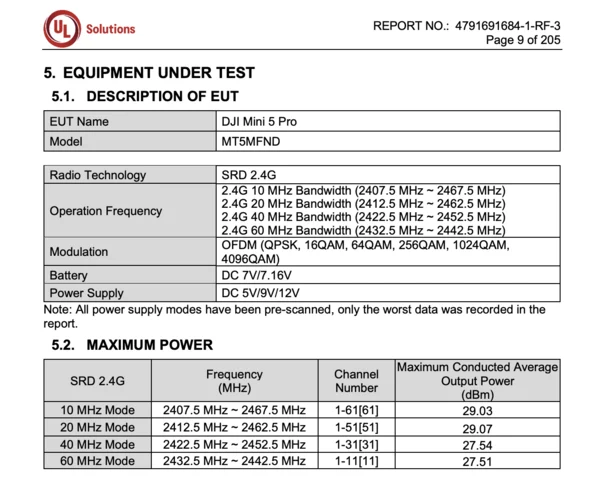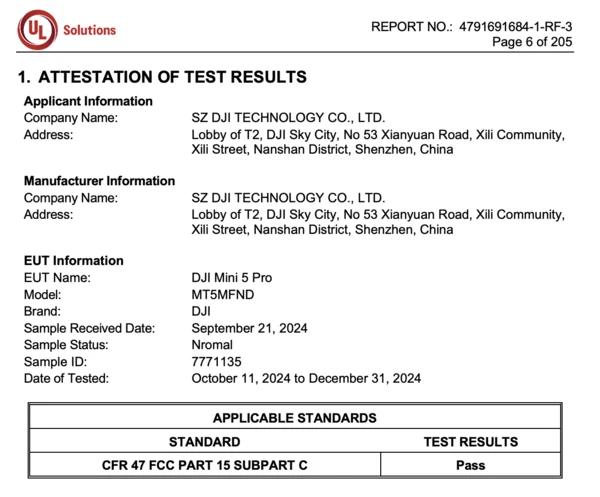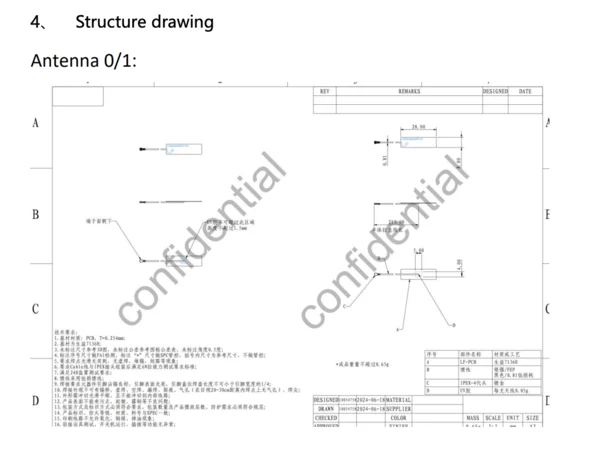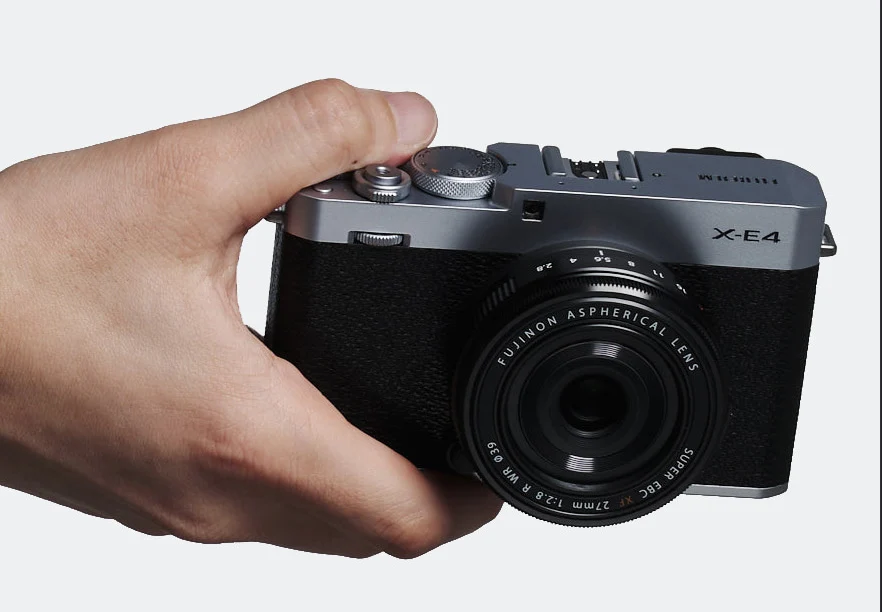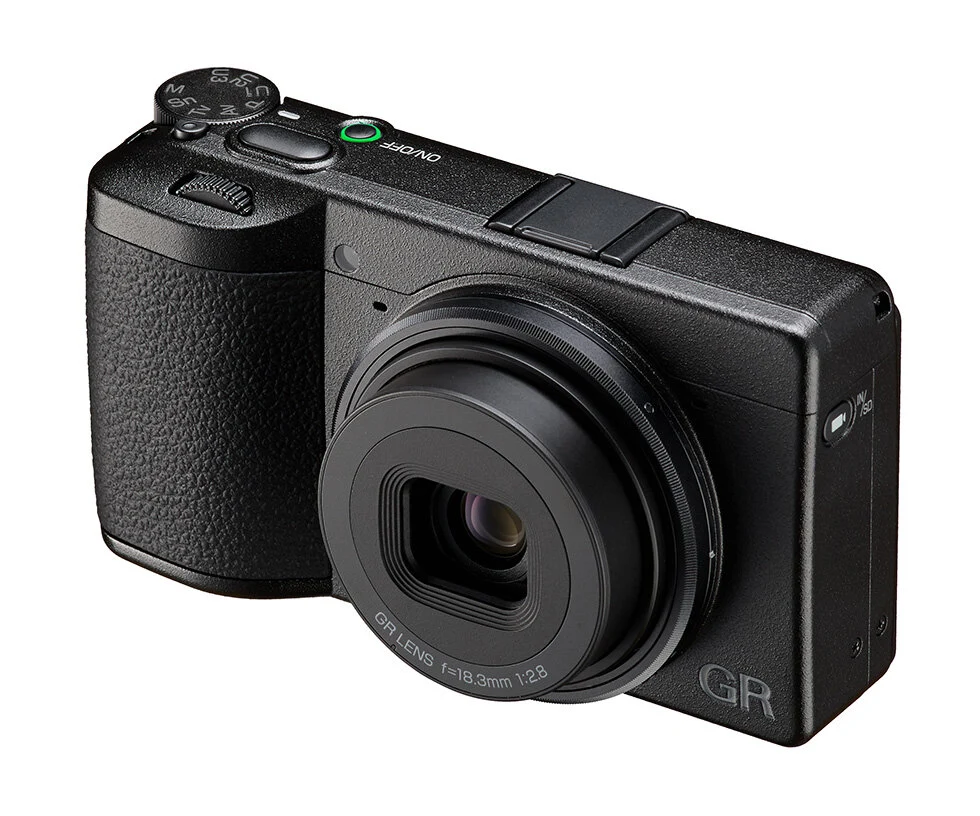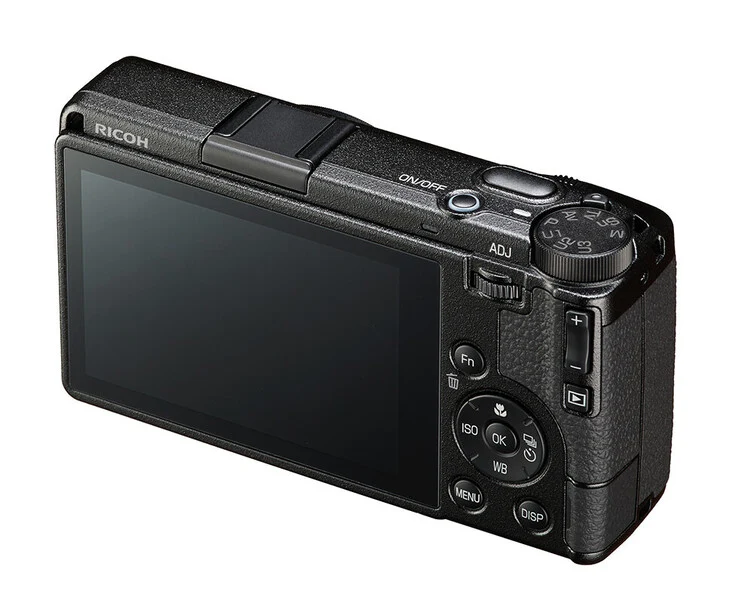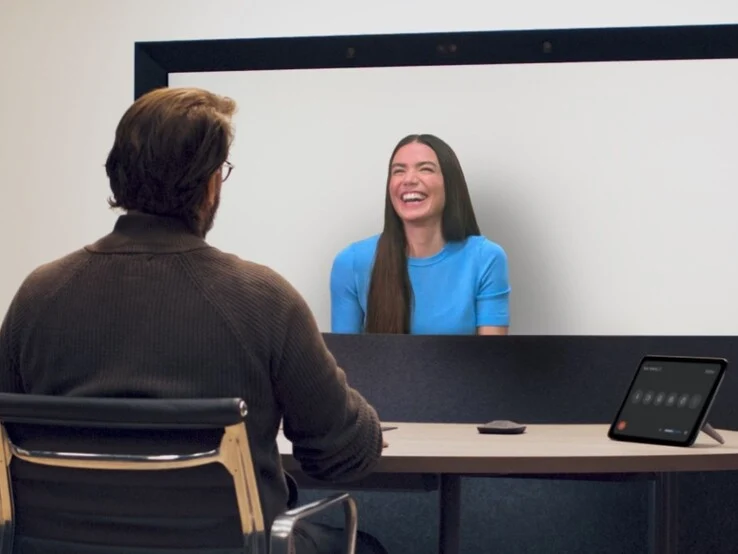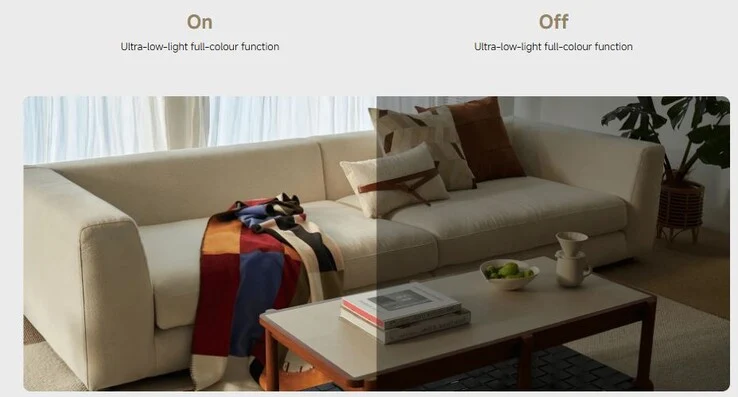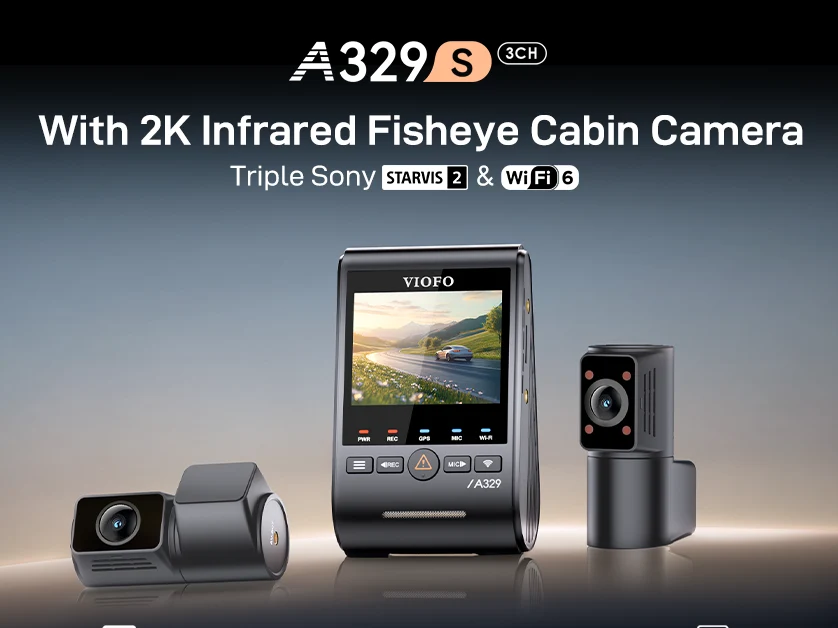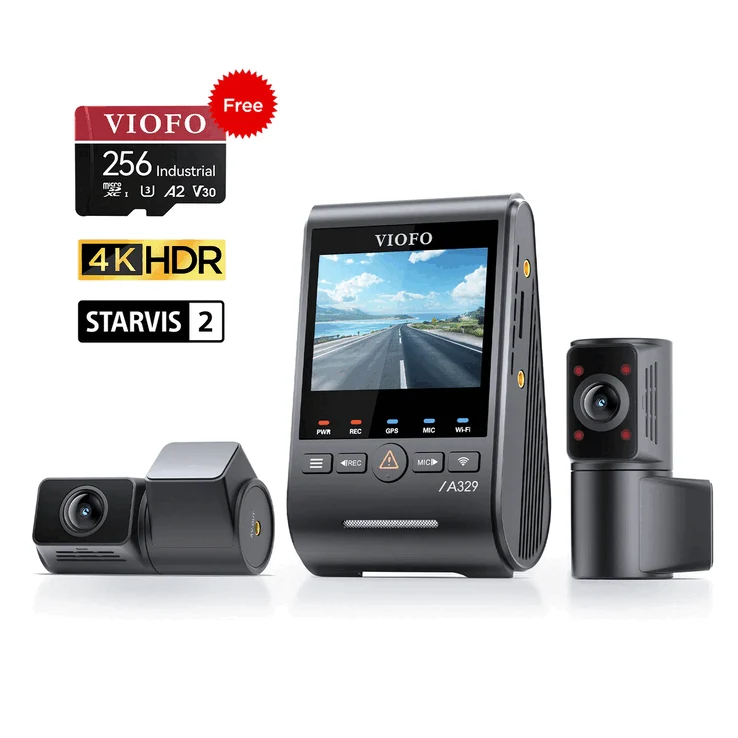Key Takeaways
1. DJI has launched the Mavic 4 Pro after a year of leaks and rumors.
2. A new Mini series drone, likely the Mini 5 Pro, is expected to be announced soon.
3. The Mini 5 Pro’s details have been listed with the FCC, with a confidentiality agreement until May 27, 2025.
4. The Mini 5 Pro will feature a larger 33.5 Wh battery and 65 W charging capabilities, improving over the Mini 4 Pro’s specifications.
5. The Mini 5 Pro’s launch may happen sooner than expected, despite no official announcement yet.
DJI has unveiled the Mavic 4 Pro after nearly a year filled with leaks and speculations. Reliable sources suggest that a new Mini series drone is on the horizon. For instance, the X account Hakasushi noted earlier this month that the Mini 5 Pro is set to debut in September, which usually coincides with DJI’s updates to its Osmo Action series.
Upcoming Mini Series Details
However, a recent listing from the Federal Communications Commission (FCC) shows that DJI might be planning to introduce the Mini 4 Pro replacement (currently priced at $1,399 on Amazon) much sooner than anticipated. At the moment, DJI has engaged the FCC in a short-term confidentiality agreement that lasts until May 27, 2025. After this date, the FCC will be able to release both internal and external images, along with the user manual for the Mini 5 Pro.
Timing of the Launch
It appears that the Mini 5 Pro likely won’t be launched next week without any official announcement. The existence of these documents, some of which date back nearly six months, indicates that DJI may not wait until late summer or early fall to refresh its Mini series with a new product. Nonetheless, the FCC has already verified the Mini 5 Pro’s battery specifications and charging features ahead of time.
Battery and Charging Improvements
As shown in the first screenshot below, the Mini 5 Pro will be equipped with a 33.5 Wh battery (7.16V/4,680 mAh), an upgrade from the Mini 4 Pro’s 18.96 Wh, or 28.4 Wh with the Intelligent Flight Battery Plus. This new, larger battery will be complemented by a leap to 65 W charging capabilities, facilitated by DJI’s 65W Portable Charger. This charger is also designed for the Air 3 and Mavic 3 series, and it should allow the Mini 5 Pro to charge significantly faster than the 30 W offered to its predecessor.
Source:
Link
